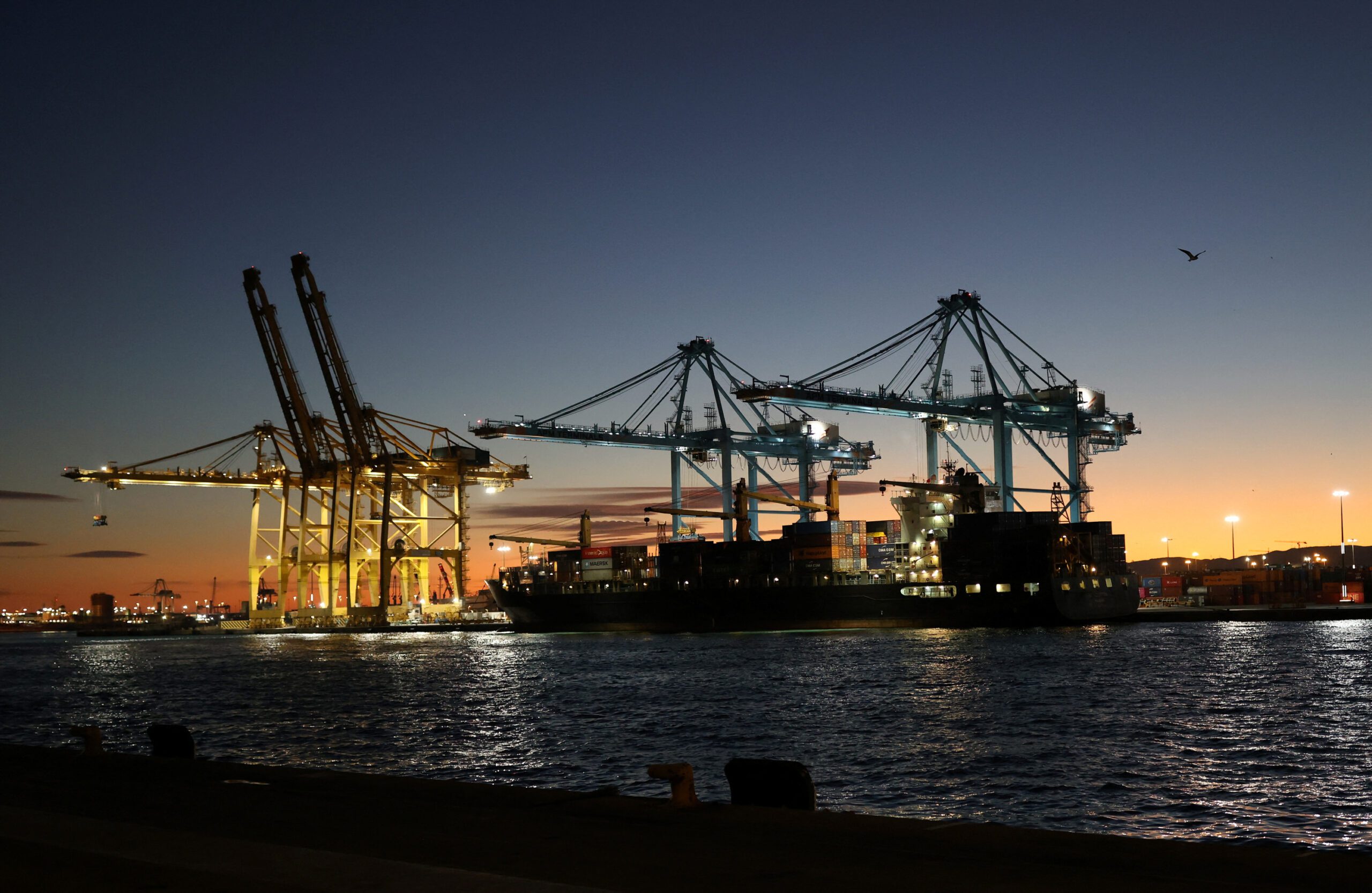Negotiaions for a new labor contract for more than 22,000 dockworkers at U.S. West Coast ports have failed to reach a new agreement by today’s deadline, as both sides promise to keep cargo moving until the two sides can reach a deal.
The latest coast-wide labor agreement expired Friday at 5 p.m. Pacific Time.
The International Longshore and Warehouse Union (ILWU) and employers represented by the Pacific Maritime Association (PMA), which includes port terminals and shipping lines, have been negotiating a new labor deal since May 10.
A deal by today’s deadline wasn’t exactly expected, with oth sides saying for weeks that neither is planning a strike or lockout if a deal couldn’t reached by the deadline. Although neither side provides updates during the negotiations, port automation was said to be one of the big issues heading in.
“While there will be no contract extension, cargo will keep moving, and normal operations will continue at the ports until an agreement can be reached,” the two sides reiterated in a joint statement Friday.
The labor negotiations are taking place as key West Coast ports continue to grapple with congestion and an increasing amount of aging cargo on docks as summer and peak shipping season loom large. On Friday the ports of Los Angeles and Long Beach, which handle approximately 40% of inbound containerized cargo coming into the U.S., once again postponed implementing the Container Dwell Fee reporting only 27% decline in the amount of aging cargo compared to late October when the program was first announced, approximately back to where congestion was back in November.
The labor negotiations are being closely monitored by countless stakeholders across industries and government, including by the White House which has made combatting inflation its top priority. Global port congestion excacerbated by the pandemic has been perhaps the biggest driver of high container shipping freight rates that have raised prices for consumers.
In its quaterly container market update published this week, shipping researcher Drewry said port congestion is continuing to prevent the container shipping market from returning to normal and listed U.S. west coast port labor negotiations as one of the biggest wildcards facing the industry.
The last time the two sides met at the negotiating table, talks dragged on for months and turned pretty ugly with each side blaming the other for cargo disruptions and failure to reach a deal. With even greater stakes this time around, everyone’s hoping there won’t be a repeat.

 Join The Club
Join The Club











